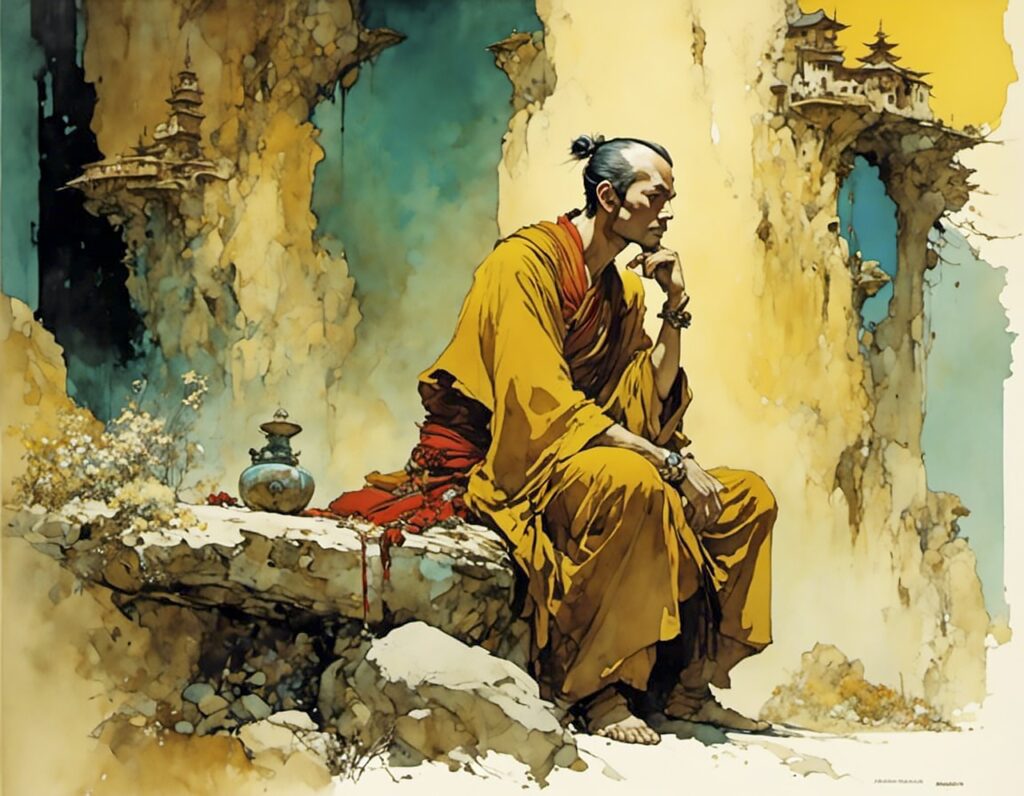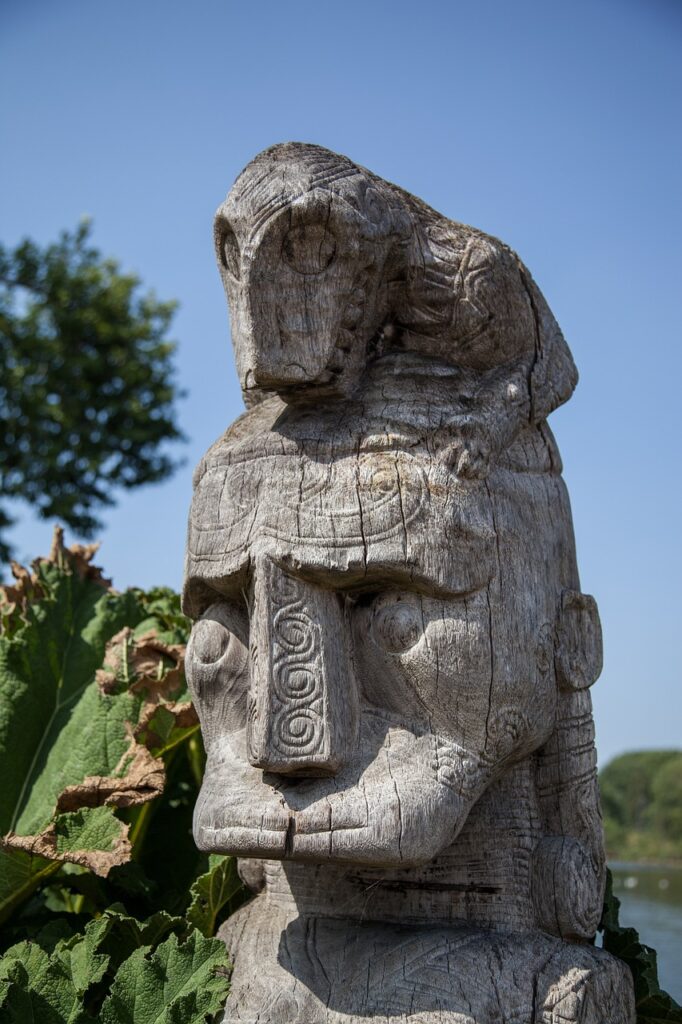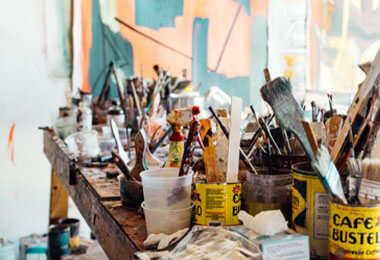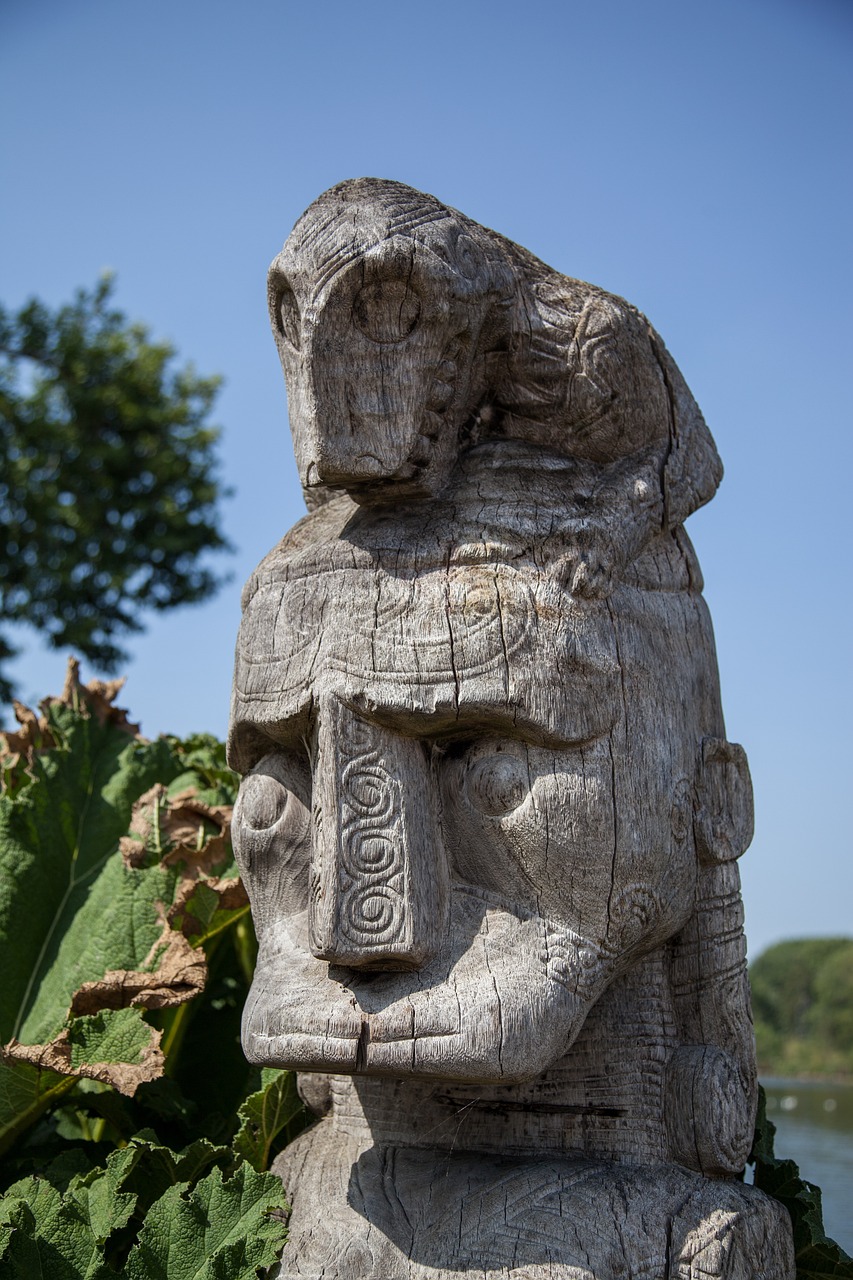An Exploration of the History and Diversity of Fine Arts
Fine arts have been an integral part of human civilization for millennia, from the cryptic cave paintings of Lascaux to today’s hypnotic digital art. They are more than just aesthetic expressions; they serve as a prism through which we can see our deepest emotions, beliefs and societal values.

A Tapestry Woven Through Time:
The history of fine arts is a rich tapestry consisting of numerous strands woven together by divergent cultures, beliefs and technological progress made by humans. Let’s embark on a journey through time to explore several key eras and movements:
Ancient Beginnings:
- Paleolithic Art (30,000-10,000 BCE): Caves across Europe and Asia with the most famous being the Lascaux caves in France were home to the earliest artistic expression that we know about. These prehistoric creations display various animals and hunting scenes which gives us fascinating insights into what early people believed in and practiced.
- Ancient Egypt (3000-30 BCE): The ancient Egyptian culture was highly influenced by their religious beliefs. Majestic pyramids, intricate hieroglyphics, detailed tomb paintings were all used to show their powerful gods and pharaohs.
- Ancient Greece (800-146 BCE):
- It is known for its appreciation of beauty and balance, emphasizing ideal forms in human statues such as Venus de Milo among other sculptures; the Parthenon is one of the best examples of architectural excellence.
The Renaissance and Beyond:
- Renaissance (14th-16th centuries): During this period, cultural renaissance had taken place in Europe with artistic innovations. It was a time when Europeans became interested in classical art and humanism again—people started to appreciate the value of man’s personal worthiness. This led to revolutionary painting, sculpture, and architecture by Masters like Leonardo da Vinci, Michelangelo, Raphael among others who laid down foundations for modernity.
During the 17th and 18th centuries, Baroque art was known for its dramatic, ornate compositions by artists such as Caravaggio, Bernini and Rembrandt, who delved into themes of emotion, motion and religious intensity.
In the 18th century Rococo was a style that was elegant and playful emphasizing light-hearted subject matter which include pastel colors and graceful lines. These were depicted by artists like Fragonard and Boucher in their whimsical portrayals of love, leisure activities in French aristocracy and nature.

Impressionists sought to capture fleeting impressions of light and color thus liberating themselves from traditional academic styles; it is a revolutionary movement that focuses on these things. Monet, Renoir and Degas are among the landscape painters whose brushstrokes were vibrant while they sought to record everyday life scenes.
Late 19th century to twentieth century modern art: Modern art introduced new thoughts into old ideas about beauty. The surrealism (Dalí), cubism (Picasso) expressionism (Van Gogh) movements dealt with fragmentation of form as well as emotional expression through subconscious means.
Art Around the World
The diversity in fine arts makes it beautiful across the globe. Below are some examples from different artistic cultures:
- East Asia: East Asian art depicts spirituality, unity or harmony and the environment in its different forms starting from the gentle brushwork of Japanese calligraphy to vibrant hues of Chinese ink painting.
- Africa: African art has many interpretations that are varied with color and rich in symbolism. It is expressed through masks, textiles, sculptures and beadwork that use a variety of mediums. Each tribe has its own aesthetic language which echoes its traditions and beliefs.
- Latin America: Latin American art combines indigenous and European influences showing a lively, multi-racial mosaic beginning with ancient Mayan and Aztec ruins ending with modern Mexican street art.
- Oceania: The Oceanic art covers both Australia and Pacific Islands known for their detailed wooden sculptures, woven clothes as well as ceremonial objects that represent diverse native cultures’ unique stories and legends.
The Modern Art World:
21st century had been a red letter one for fine arts. So many different kinds of art have now come about like digital art, installation art, performance art among others which has changed everything we used to know about traditional artworks. Here are some notable trends:
Contemporary Art:
Abstract expressionism and performance art are among the many forms of art that fall under the umbrella of contemporary art. What is more, it often delves into such topical issues as globalization, technology, and social justice.
Digital Art:
The growth of digital technologies has now given artists new avenues to explore and express their ideas. In as much as this may sound like an oversimplification, one can say that digital art is concerned with blurring the boundaries between virtual and physical spaces in works ranging from pixel art to interactive installations. It is thus a challenge to traditional modes of making and seeing.
Street Art:
Street art first became popular in the 1970s and today it is a worldwide phenomenon riddled with controversy. This occurs when public places are regarded as canvases by Banksy, Shepard Fairey or Os Gemeos; their aim has been criticized for its lack of conformity to societal values leading to discussions among people.
Beyond the Canvas:
Fine arts are not limited within museums and galleries alone. They exist everywhere around us, entwined in our daily lives. Therefore, through architecture of buildings to design of everyday objects art makes our world richer, stimulates our mindsets and links peoples across time periods.
Conclusion:
A beautiful journey through fine arts history teaches us about human creativity, cultural differences and ongoing search for what we find meaningful or beautiful about ourselves and others. Artists will always leave the viewer in awe and stimulate them intellectually since their work changes with time. Thus, seize moments to adore art surrounding you irrespective of whether it is a piece in a gallery or just a simple graffiti on a street wall. Each artwork has its own story that helps us capture different aspects of our world.


